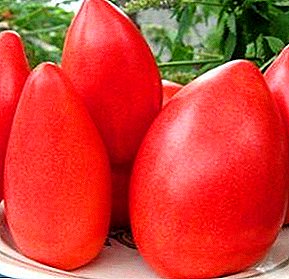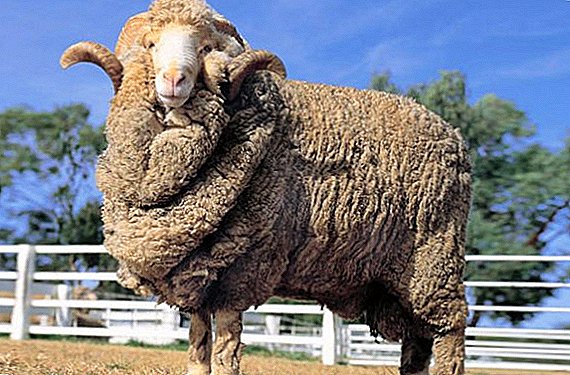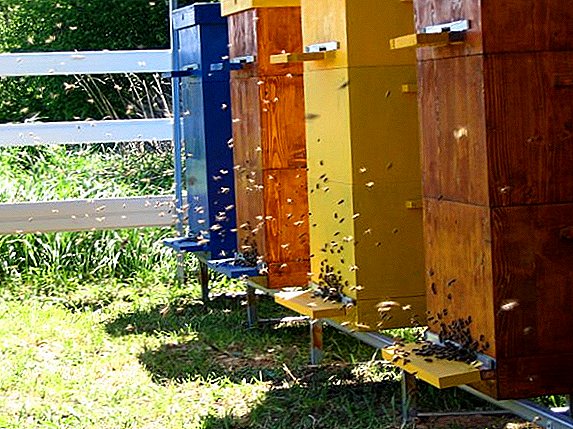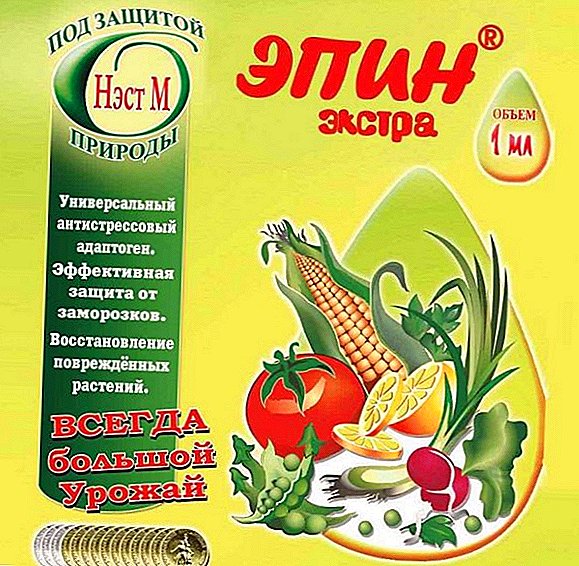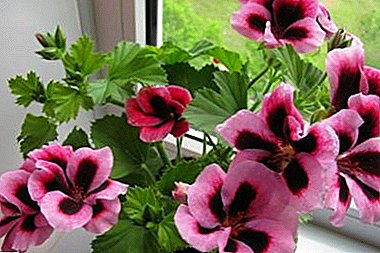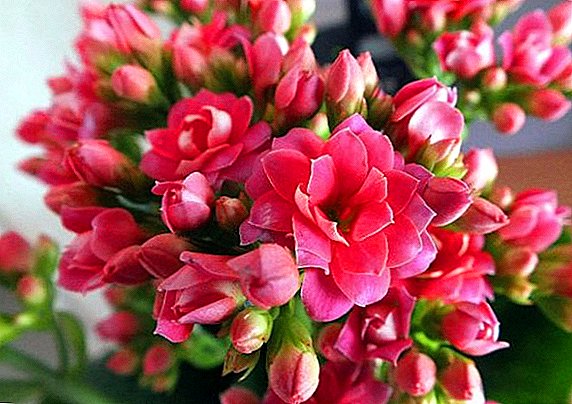 Kalanchoe not only decorates the interior, but also acts as an effective cure for most ailments and injuries. However, this unusual plant also hurts, and therefore it needs care and proper care. If parasites appear on your pet, it is urgent to take action.
Kalanchoe not only decorates the interior, but also acts as an effective cure for most ailments and injuries. However, this unusual plant also hurts, and therefore it needs care and proper care. If parasites appear on your pet, it is urgent to take action.
The main diseases Kalanchoe, home treatment
The main cause of the appearance of Kalanchoe disease is improper care and poor plant conditions. Spots, molds, plaque, small organisms, etc. may appear on the leaves and stems. You may not even suspect why leaves fall in Kalanchoe. What are kalanchoe leaf disease and what else can cause improper care, consider in more detail.
Late blight

The disease is also called late blight. The main symptoms of this disease you can detect when there are brown spots on the Kalanchoe or brown patina. This is caused by poor ventilation and excess water in the soil.
In this case, it is necessary to review the frequency of irrigation, carefully select fertilizers and carry out preventive procedures, treating Kalanchoe with fungicides to eliminate the disease qualitatively and quickly.
Mealy dew

The first signs of powdery mildew appear in characteristic white patches with a fungal patina. This disease is associated with excessively warm and dry air in room. That is why Kalanchoe sheds leaves. Mealy dew is a sign that the flower needs to be watered more often and moved to a cool place.
When powdery mildew appears on Kalanchoe, then the treatment is recommended to be carried out by spraying fungicides. If you respond quickly, the flower's health will recover.
Important! Keep in mind: the main danger of powdery mildew is its ability to quickly transfer to other flowers in your home. Therefore, if you notice a white patina on Kalanchoe, you should immediately take action.
Gray rot

If, due to a disease of indoor flowers, you notice sticky leaves with a gray bloom that turn into porridge - this means that your plant picked up gray mold. Replacement of the soil, regular irrigation, proper ventilation, treatment fungicides and good temperature conditions for the plant - all this will return to Kalanchoe health.
You can also read about the cultivation of Kalanchoe Blossfeld, Degremona and Kalandiva.
Stem rot

Sometimes the stem or stem of the plant turns black, the Kalanchoe fades, and you do not know what to do in this case. There is only one reason for this - your flower froze.
For Kalanchoe in the winter, the optimum temperature is 15 degrees Celsius. This mode gives the plant the opportunity to develop properly and not get sick.
It is also important to calculate watering at a temperature such that the plant does not rot and fungus. By the way, stem rot is another sign why Kalanchoe leaves become smaller, because the fungal disease affects the whole plant.
Leaf spots
When a stalk rot in Kalanchoe and spots appear on the leaves in the form of a circle, this is a dangerous sign for the plant. Unfortunately, the already affected flower begins to die and it is impossible to save.

What pests affect home Kalanchoe
Pest Kalanchoe bring a lot of trouble. Aphids, scythes, mites and other parasites can seriously harm your favorite houseplants. That is why it is so important to notice and fix the problem in time, find out why the leaves turn yellow and dry in Kalanchoe and what preventive measures should be taken.
Mealybug

This small insect feeds on Kalanchoe juice and is capable of short term harm the plant. Mealybugs breed a fungus called black mold. Typically, the disease occurs spontaneously, and if you do not take action, the Kalanchoe will die.
The appearance of the mealybug can be determined by the white waxy secretions on the leaves and stems. For the treatment of Kalanchoe use mineral oil, which is sprayed on the leaves. Especially the affected areas are removed. However, it is useful to carry out prevention, checking new flowers and soil.
These indoor plants will give comfort to your home: ficus macrocarp, tsiperus, strawberry tree, havortia, kampanula, echmeya, nolin, plumeria, ihrisone, yucca, orchid, philodendron
Insects love to breed in a land rich in nitrogen. If you notice that Kalanchoe is showered, carefully examine the stems and leaves. If they are found, remove them with a paper towel and then throw them away. Also, do not forget to check the plant for the presence of larvae - they look like cotton balls. And so that the pests do not appear, wipe the Kalanchoe with a delicate detergent.
Shchitovka

Parasite bugs, like aphids, prefer the inner side of Kalanchoe leaves. Of course, the shield is not as small as a plant louse, so it is easy to notice the bugs. In most cases, first in kalanchoe begin dry leaves. Inspect the plant once a week for prophylaxis.
Shchitovka does not like moisture, so spray your favorite home plant several times a week. And if the bugs did appear, remove them and wipe the leaf surface with alcohol. After that, gently wash the plant with a solution with soap and treat with a special insecticide. Simple and regular procedures will be enough for Kalanchoe to smell and smell.
Did you know? Kalanchoe leaves contain juice that is able to heal cuts, as well as eliminate burns. In addition, the plant cleans problem skin well, if you prepare a mask from Kalanchoe.
Pliers

The favorite habitat of these floral parasites is the underside of the leaves, where the web is collected. Ticks appear due to increased temperature and dry air. At the same time, the leaves of Kalanchoe turn yellow, and many fans of exotic plants do not always know what to do.
In addition, the leaves begin to harden, curl, forms a brown scab.
Measures to combat ticks are quite simple: process the flower with soapy water or mineral oil. If the plant is running, suitable means "Akarin", "Fitoverm" or "Vertimek".
Aphid on Kalanchoe

These small insects are often found on Kalanchoe plants, as the aphids fly from the street through the window. She is attracted to the soil, saturated with fertilizer. Small aphids of black or green color like the inner side of the leaves, the stem and the stem of the flower.
Bugs suck the juice, covering the plant with a sticky substance that prevents the Kalanchoe from breathing. When this aphid injects poison inside and poisons the plant.
How to deal with it? Household or potash soap, treating the entire flower once a week at least a month. Also an effective way is pruning damaged leaves and treatment with insecticides.
Insecticides will help fight pests of indoor plants: Inta-vir, Aktellik, Bitoksibatsillin, Calypso, Konfidor, Aktara.
Successful cultivation of Kalanchoe, prevention of diseases and pests
Kalanchoe successfully grown at home, if you follow simple rules. Lush flowering and plant health depends on competent care and care. Drafts, sharp temperature drops, excessive moisture and heat, dry air are not allowed. All these factors weaken the Kalanchoe, and the plant is more often exposed to ailments.

Did you know? Kalanchoe is one of the few plants that can clean indoor air from germs, influenza viruses and other harmful microorganisms.The main care of the plant is as follows:
- Water the flower correctly. A tropical plant is very delicate, and an overabundance of water can rot the roots. Water Kalanchoe small doses, especially when flowering begins. The plant stores enough liquid in it, so extra water is not needed much.
- Control the lighting. The flower loves the sun, and you can safely leave Kalanchoe to bask in the sun before noon. However, after lunch, the plant should be rearranged in the shade or covered with a light cloth. In winter, Kalanchoe can not be moved, since the sun is not so active.
Important! The plant can not be kept in a room with a high temperature. Under these conditions, Kalanchoe leaves curled. Another extreme is too low a temperature. To avoid damage and hypothermia, remove the plant away from drafts and batteries.
Kalanchoe is a tender and life-loving exotic plant. With your care and constant attention, the flower will long delight you with its beauty and useful healing properties.


